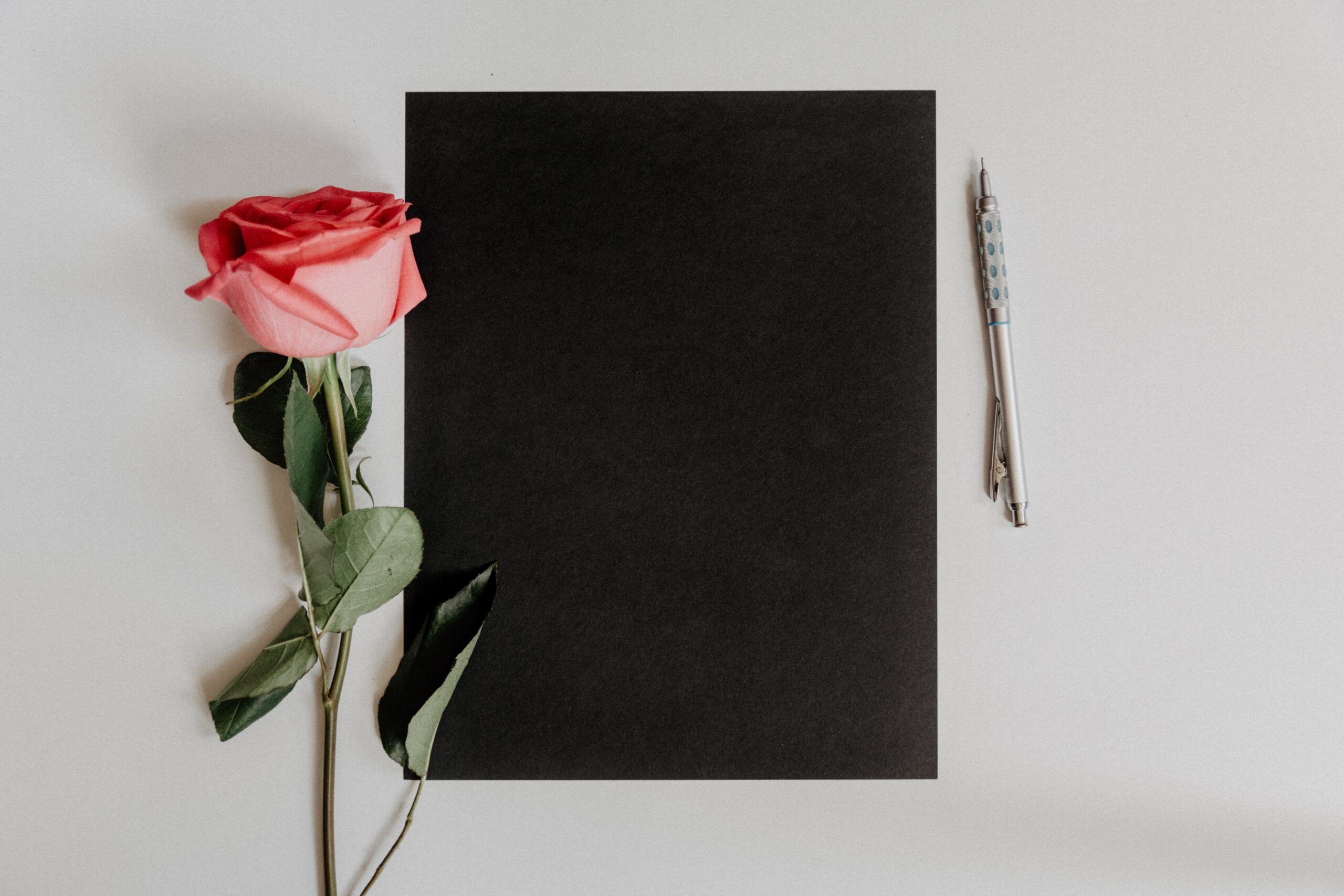Take Frank O’ Hara’s “Having A Coke With You,” for instance. The poet compares love and art and stresses how the former always plays the trump card. Just existing beside one’s lover is much more preferable “than going to San Sebastian, Irún, Hendaye, Biarritz, Bayonne.” The narrator’s lover makes the banal acts like wearing an orange shirt or loving yogurt noteworthy. They think that life in all its ordinariness becomes a transformative experience if unadulterated romantic love is part of the equation. The narrator feels that statues are still “unpleasantly definitive.” They stand in sharp contrast to them and their lover who are fluid and alive with hope and potential. The narrator also speaks in disfavor of famous portraits as artists’ works can never be a worthy substitute for their lover. All the spectacular works of art fall short when it comes to impressing them as no other experience can be as remarkable as just sharing a coke with their lover. Then there’s Wendy Cope’s “The Orange,” which revolves around the narrator’s joy at having bought a “huge orange.” The narrator goes on to explain that lately a lot of ordinary things are making them happy. The poem only captures trivial and what would be conventionally considered unexciting moments to showcase that when one is in love, even the most banal of tasks fill them with unbridled joy. Cope writes, “I did all the jobs on my list/ And enjoyed them and had some time over.” The narrator is staying awake to the love they experience. They are not overpowered by it, nor are they sliding past it. Love is enabling them to make meaning out of the simplest things. Cope weds the customary, like having lunch and running errands, with the sublime — love and being alive. In every line, Cope emphasizes that if one is in love, even when the partner is physically absent, day-to-day tasks become pleasurable and celebratory. In Jameson Fitzpatrick’s “Morning Scene,” “the table,” “the windows,” and “coffee” speak of heartbreak. The narrator reminisces about lost love, love that has drifted off to purgatory, but has still left its remnants on everyday objects. These objects prove that life is probably nothing more than getting habituated to loss. The commonness of the scene in its demoralizing specificity rhetorically asks, “How many people get to visit the past without hurting anything?” Grief is part of the quiet stillness of the scene described here. But it is also the receipt of love. Its presence speaks that once the now separated lovers must have found a sanctuary in each other. Love must have been theirs once upon a time and the heartbreaking ordinariness of the now only further accentuates the extraordinariness they must have shared at some point. Finally, “You” by Carol Ann Duffy shows how one hides in their “ordinary days, in the long grass of routine” to evade the uncertainties of love. The narrator says that falling for someone is “glamorous hell.” They hide in “camouflage rooms” to evade the routine aches that are associated with love — namely anxiety, fear, and the like. However, there is relief at the end as we see the lover “on the bed, like a gift, like a touchable dream.” The narrator doesn’t make a spectacle out of their lover. They write about the bedroom door and the curtains instead. The commonplace objects extend a sort of dreamlike quality to the lover. Their extraordinariness becomes more prominent because of the presence of the ordinariness of the scene the narrator zooms in on. Love poetry is a good reminder that even dreary days don’t feel oppressive in the arms of a lover. Love is the bribe that talks our days into being kind and warm. And most importantly, even when lovers become ordinary to each other, the love they once shared still stays equally incredible.
